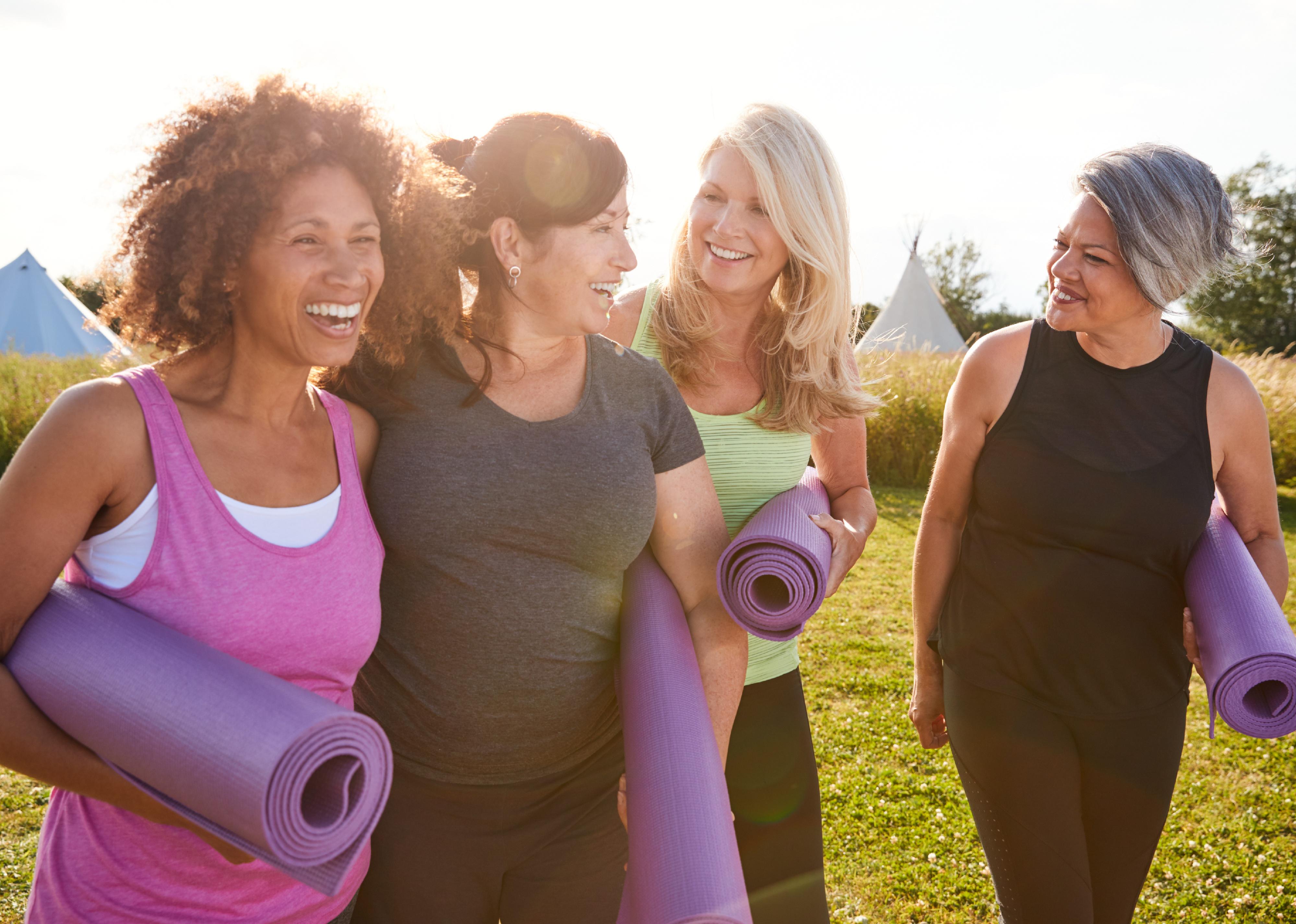
5 low-impact activities to keep you moving during midlife and beyond
This story originally appeared on NNOXX and was produced and distributed in partnership with Stacker Studio.
5 low-impact activities to keep you moving during midlife and beyond
Regular exercise is one of the major keys to remaining healthy, happy, and independent, especially as we experience the effects of age. However, balancing work, relationships, and family responsibilities can leave little time and energy to break a sweat.
While our busy lives can make exercise a diminishing priority, persistent inactivity has a cumulative impact on our muscles, bones, and joints. Arthritis and joint pain are some of the more significant barriers for adults aged 50 and up attempting to remain active as they get older, but reducing activity altogether tends to exacerbate and accelerate this pain.
Low-impact workouts are a great way to enjoy the mental and physical health benefits of exercise while protecting aching and aging joints. These workouts can cover a range of cardiovascular or aerobic intensity, and many activities require little to no equipment or training. Anyone can benefit from adding low-impact exercises like walking and cycling into their fitness training, or even incorporating them into everyday routines and errands. Low-impact cardio encourages balance and mobility and can significantly aid in weight loss and muscle retention.
NNOXX put together a list of low-impact activities to work into your busy schedule using a variety of news and athletic sources. Whether you want to change up your workout routine or establish new habits to reduce the impact of aging, here are some excellent options to get started.
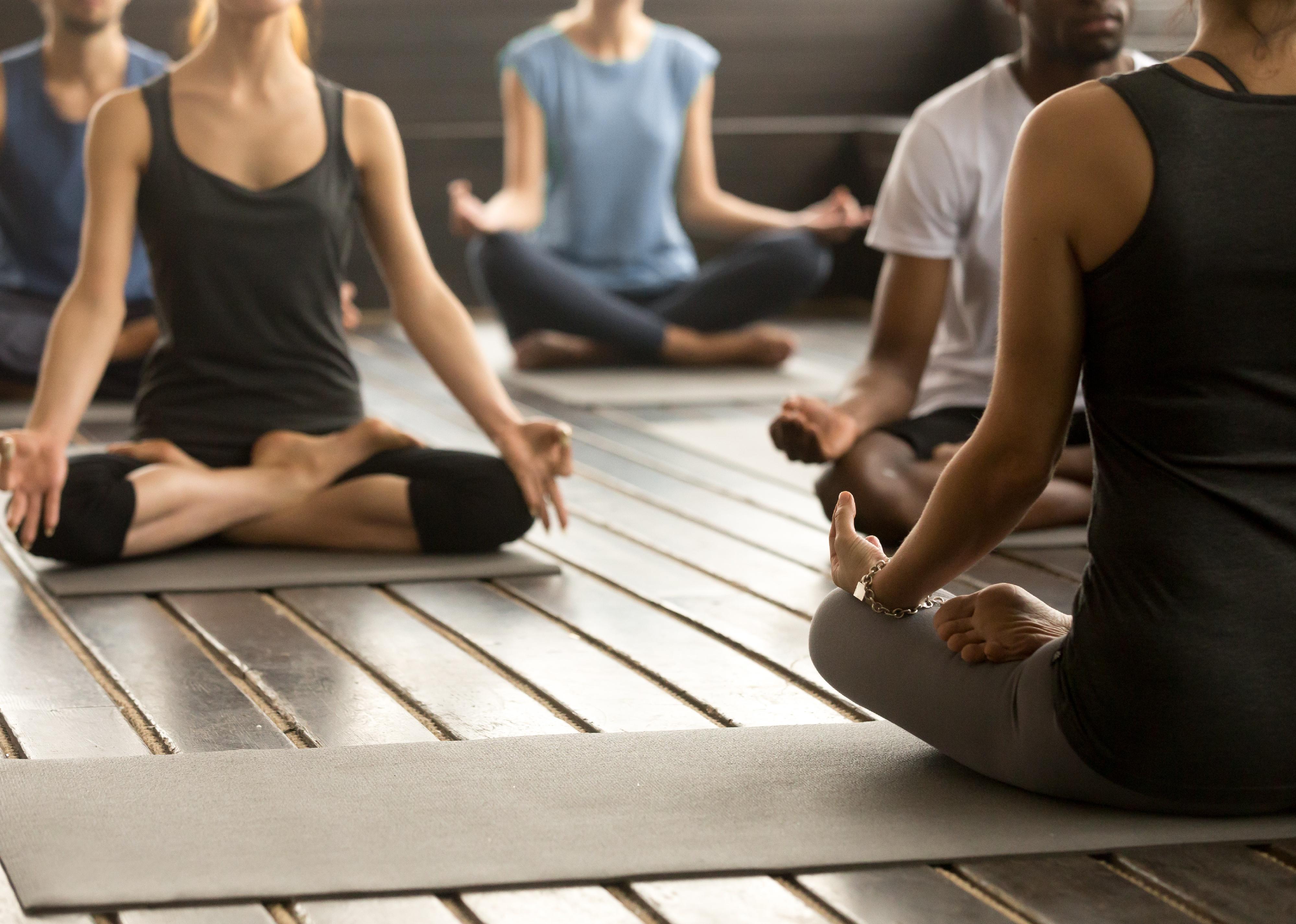
Yoga
Yoga originated as a spiritual practice based on stillness and breathing. In the United States, yoga typically includes other physical elements that require balance and strength. The slow movements and deep breathing in yoga can ease chronic pain and arthritis, benefit heart health, and improve energy and sleep. As part of a treatment plan, yoga can also help manage stress, anxiety, or depression, according to a 2018 study in the International Journal of Preventive Medicine, among others.
Yoga positions and practices are also applied to specific illnesses and diseases and provide targeted relief for physical, emotional, or spiritual pain. Although the risk of injury in yoga is lower than in higher-impact activities, beginners should use caution to avoid strains and sprains.
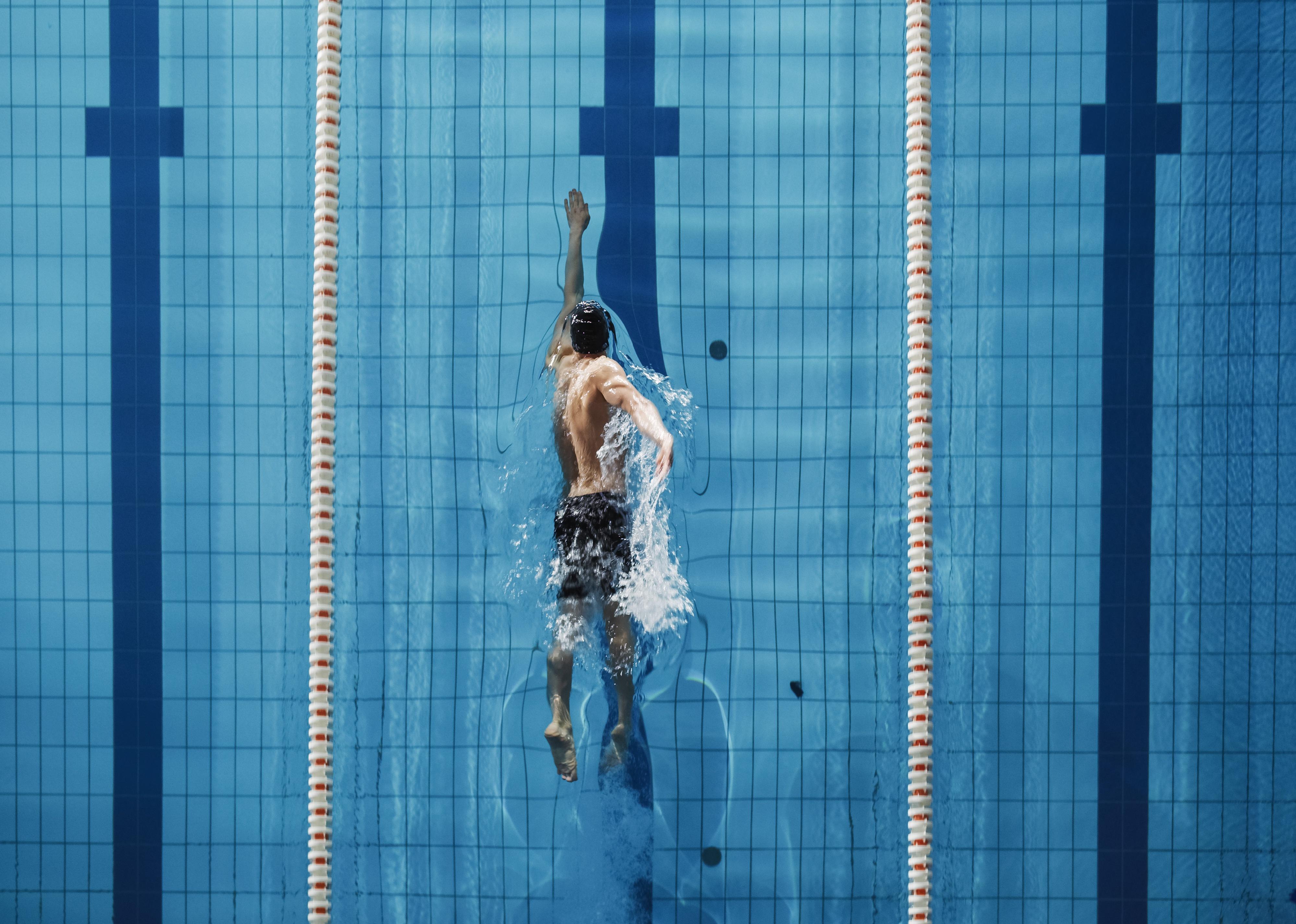
Swimming
Swimming is uniquely beneficial for protecting joints because it is zero-impact. The buoyancy provided by the water makes this an ideal exercise for people who experience pain during weight-bearing exercises. Swimming also helps with joint stiffness and pain by increasing circulation and maintaining muscular strength. Swimming also involves movement that directly counteracts the sedentary postures that aggravate lower back pain. Beginners can start by simply walking in the pool; this movement engages the muscles and increases mobility while providing support for joints.
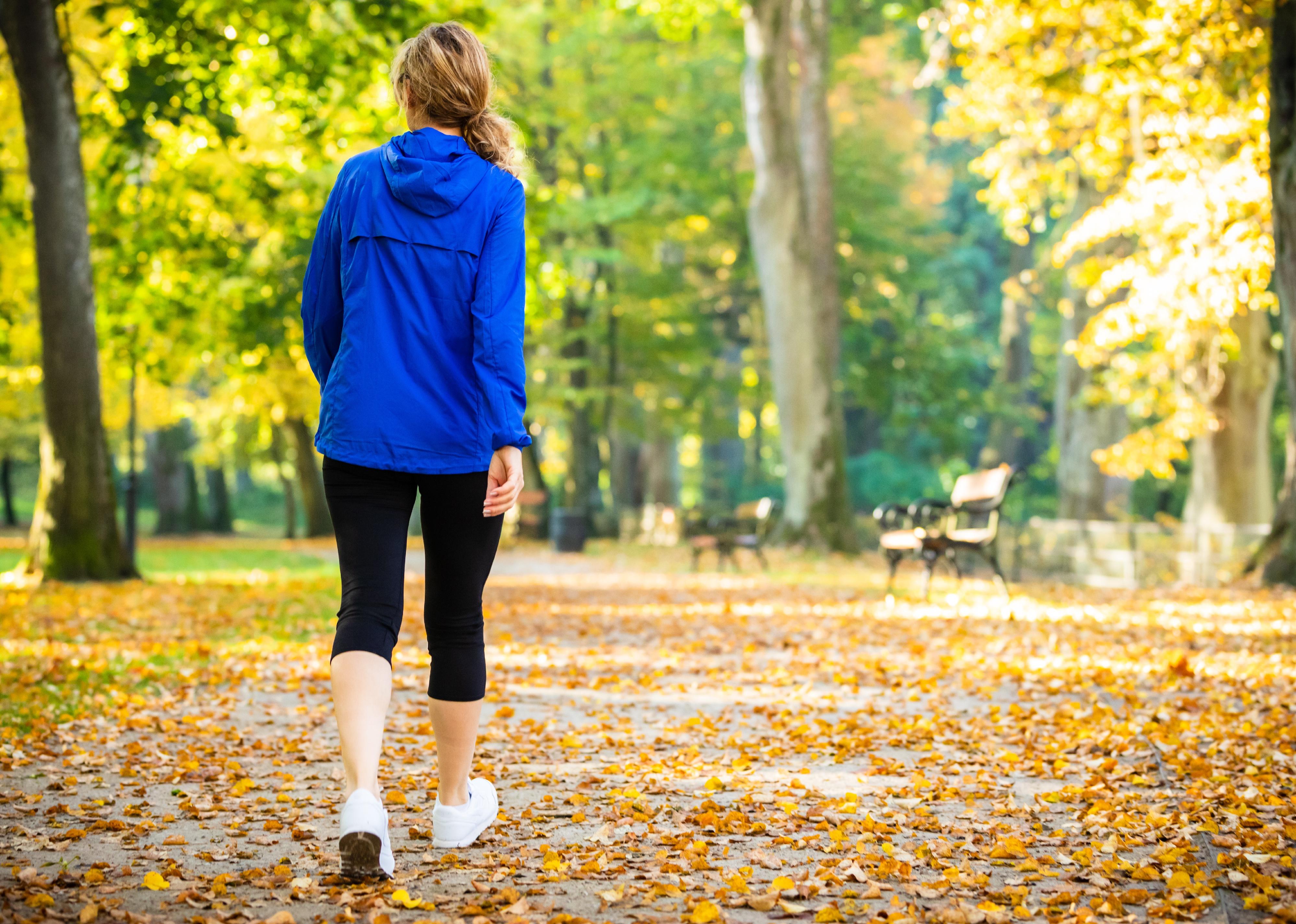
Walking
Walking is a moderate-impact activity that helps strengthen bones and joints without the pain associated with higher-impact exercise such as running. Consistent walking can also lower one's risk of dementia, heart disease, and, according to the American Cancer Society, some cancers. Experts say in order to maximize these benefits, walkers should walk at least 30 minutes a day, keep a brisk pace, and aim for 10,000 steps a day. Walking is a flexible activity that can easily pair with unstructured activities such as gardening, housework, or running errands. Walking can also be a social activity and can play a significant role in reducing loneliness and social isolation.
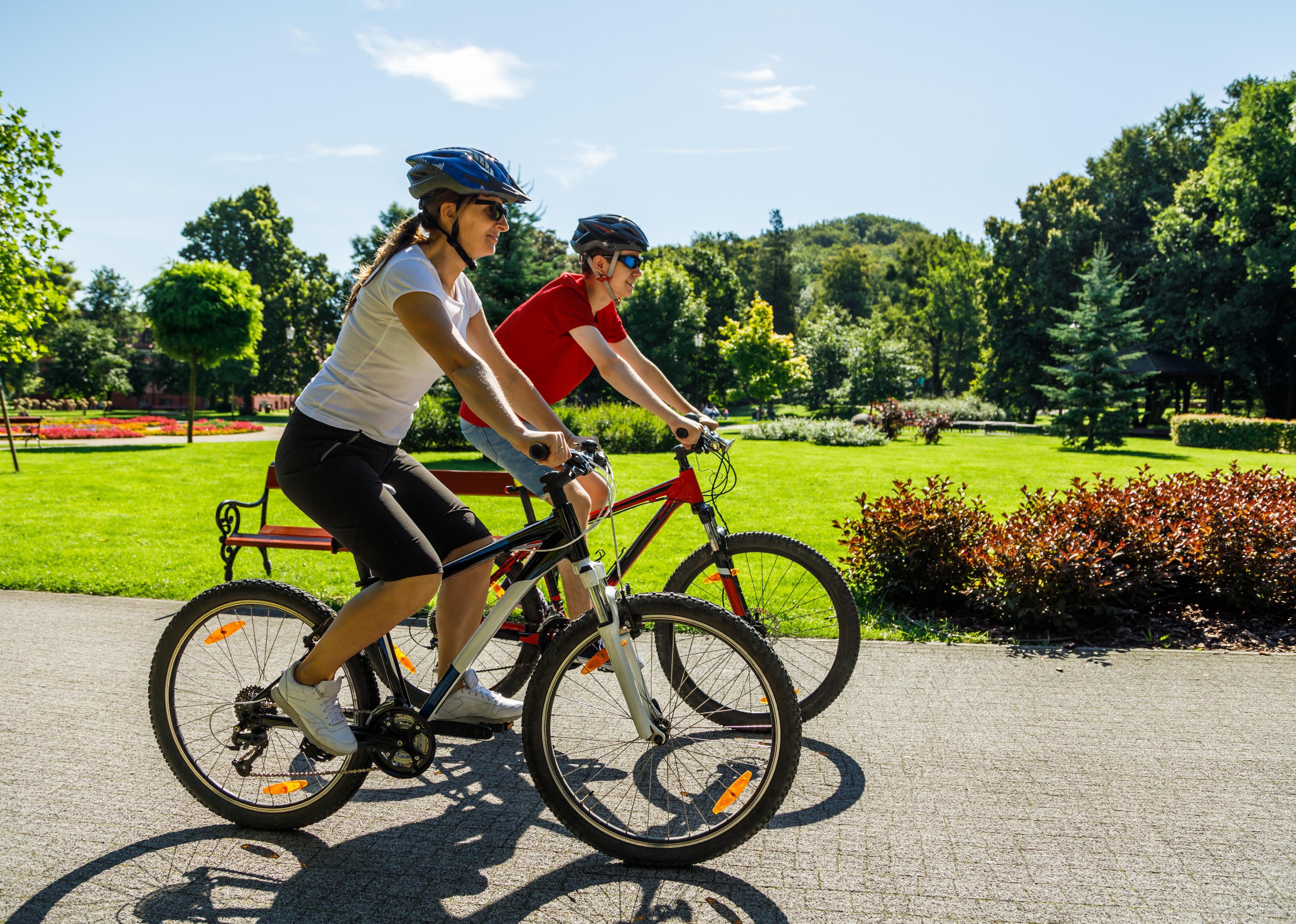
Cycling
People can incorporate cycling into their workout in a variety of ways, either by riding a bicycle to run errands or go to work, attending indoor classes at the gym, or cycling at home on a stationary bike. There is also a wide range of bikes available to accommodate the different levels and environments that people choose to traverse. Biking outdoors combines the benefits of a full-body workout and the positive impact of fresh air, but stationary cycling still engages and strengthens muscles in a way that can reduce stress on the knees.
Experts say the continuous motion of cycling lubricates joints and increases mobility, no matter the speed or intensity of the cycling. Studies also found that people with knee osteoarthritis or rheumatoid arthritis strengthened muscles and reduced the effects of the disease through indoor cycling.
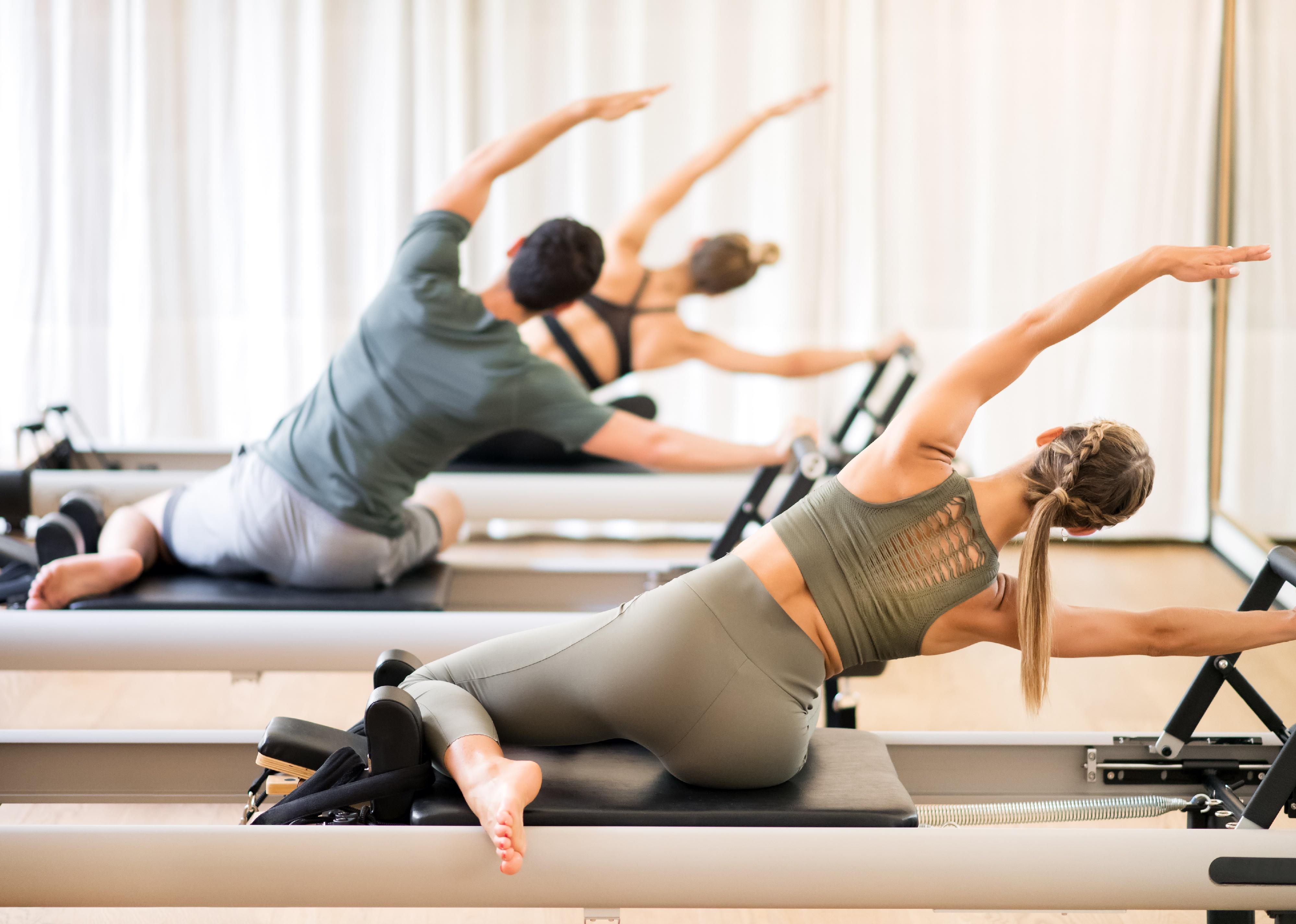
Pilates
Much like yoga, Pilates is a workout system that focuses on careful body movements and connecting breath to movement. The movements in Pilates require great control and core balance. Pilates offers a range of health benefits, including improved muscle strength, posture, mobility, and flexibility. The focus on core muscle strength can also reduce persistent back pain and increase the quality of life for people suffering from chronic pain in joints, bones, or muscles. One study found that people who practiced Pilates three times a week for eight weeks increased their mobility, stability, and balance—even more so than with yoga!
Story editing by Brian Budzynski. Copy editing by Tim Bruns. Photo selection by Clarese Moller.



